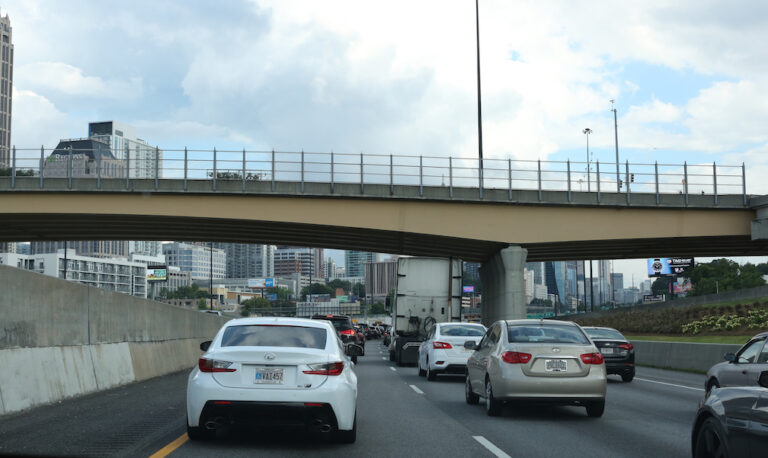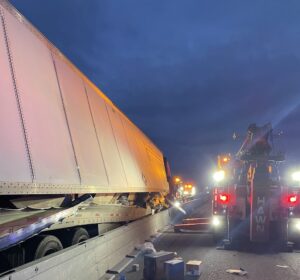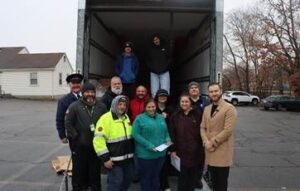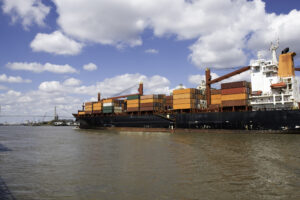ATLANTA — According to a report from Capitol Beat News service, the Georgia Department of Transportation (GDOT) is moving to expand a network of toll lanes in the Atlanta region that began a few years ago on Interstates 75 and 85.
The State Transportation Board voted to work with the State Road and Tollway Authority (SRTA) to add toll lanes to the top half of I-285 and along Georgia 400 to the North Springs MARTA station.
As with previous projects including the Northwest corridor along I-75 north of 285 and a second stretch of I-75 just south of Atlanta, GDOT will work with the private sector on the 285 toll-lane projects, according to the Capitol Beat report.
GDOT will coordinate the work, while a private developer will design, construct, operate, and maintain the new lanes, GDOT Senior Counsel Helen Pinkston-Pope told the Georgia news service.
“We really see the benefits in bringing in the developer early on,” she said.
I-285 is consistently among the most congested stretches of highway in the nation, said Tim Matthews, program manager with the GDOT division in charge of projects built through public-private partnerships. Atlanta’s “Perimeter Highway” sees 250,000 to 300,000 vehicles per day, he said.
But is the widening of highways enough to make rig drivers feel more comfortable about traveling Atlanta’s constant bumper-to-bumper traffic?
Marcus Davis, who runs a delegated route from Georgia to Alabama on a daily basis says no.
“It is bigger than [interstate expansion],” Davis said. “It is basic discipline and principals that everybody has gotten away from. Period.”
Davis, who has been driving for more than five years, said this week has been especially taxing because of the heavy volume of vehicles on the road and the habits of everyday drivers.
While he admits to rarely driving with the CB on, he did this week because of that intense volume between Atlanta and Montgomery, Alabama.
“These guys, and the stuff that they are saying — I mean, regular civilians really have to take heed,” Davis said.
Davis and his cohorts say they see an abundance of bad habits including drivers on phones and making driving decisions that put their lives in danger.
Davis says that, in his opinion, no matter how much a road is expanded, it won’t change the habits of drivers.
As with the earlier toll-lane projects, SRTA will coordinate the financing and collect the revenue from the tolls.
Pinkston-Pope said GDOT will seek bids on the I-285 East Express Lanes project first, covering a stretch from Georgia 400 east and south to Interstate 20. Procurement for the I-285 West Express Lanes — from Georgia 400 west and south to I-20 — will follow, she said.
“The size of these projects is significant,” Matthews said. “We can’t build them with one contract.”
In a related matter, Matthews said GDOT has received two bids from contractors interested in adding toll lanes to Georgia 400 in Fulton and Forsyth counties. The agency will evaluate the bids and recommend a contractor for that project to the State Transportation Board in August, he said.
Bruce Guthrie is an award-winning journalist who has lived in three states including Arkansas, Missouri and Georgia. During his nearly 20-year career, Bruce has served as managing editor and sports editor for numerous publications. He and his wife, Dana, who is also a journalist, are based in Carrollton, Georgia.















This article was a worth while read! I agree with the comments that drivers need to change their driving habits. Wider roads won’t change bad drivers.
in 10 years time that it’ll probably take to complete the real problem will only get worse, everyone leaving last minute and speeding, the publics me first attitude, using phones and just plain reckless driving all by the 4 wheelers.
Somehow the HP never see’s any of this but they can spot a brake out of adjustment on a semi going 55mph in the opposite direction
The volume of vehicles isn’t being taken seriously. ATL needs another perimeter Hwy or bypass ATL altogether. Please observe how other cities handle this issue. So you don’t look foolish g dot.
What I see them doing is, they’ll make “toll lanes” for cars which will push more traffic into the 2 right lanes causing more traffic. Since more people can’t or won’t pay for the tolls. Thus making traffic worse for everyone.